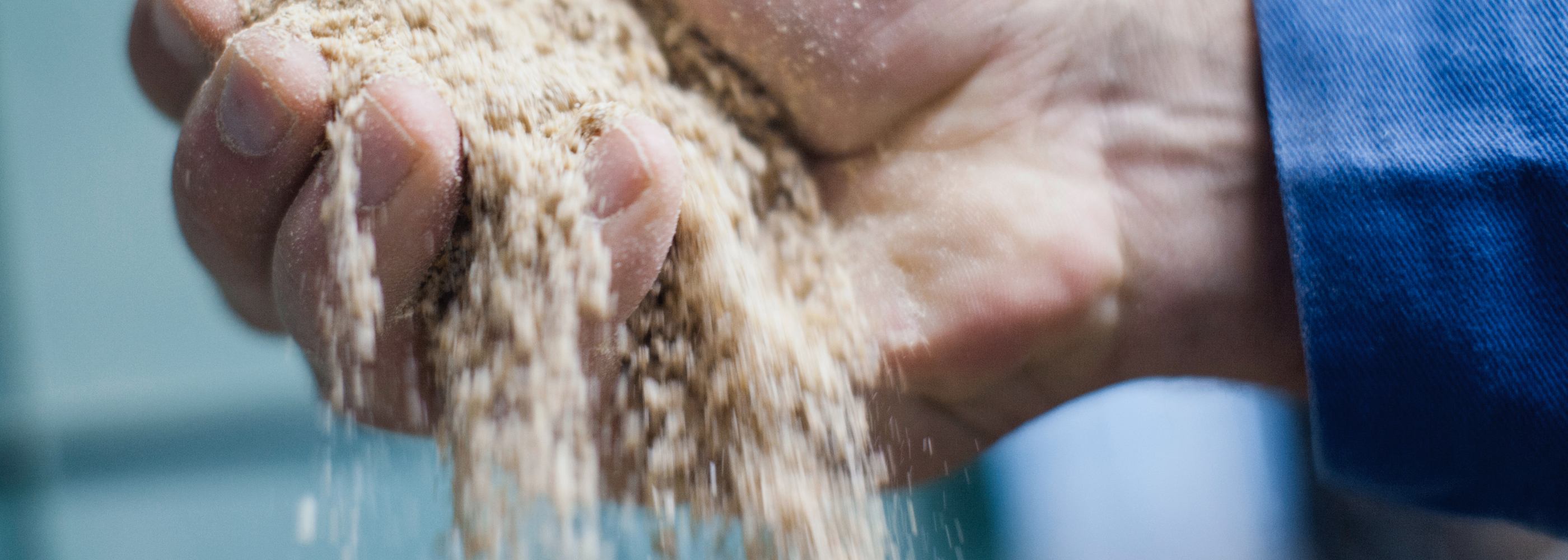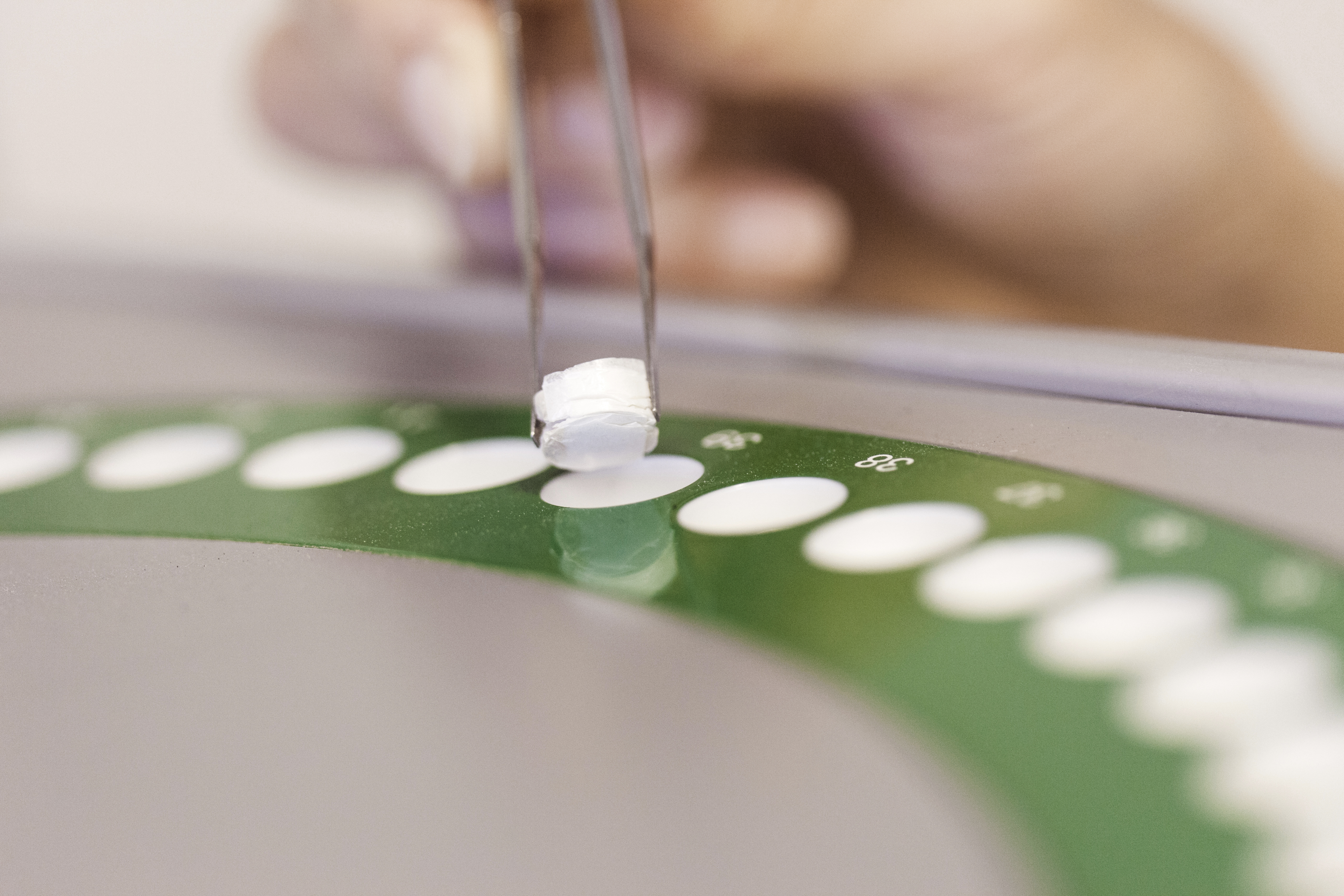Featured Topics
Antibiotics in feed
Faced with consumer and regulatory pressure, EU producers are now aiming to claim ‘no antibiotics ever’. Outside the EU, various definitions of antibiotic-free (ABF) production are in circulation.![]()
Performance
International research institutes, test farms and customers regularly test our products in feeding trials. The findings document the nutritional and functional advantages of our products and their long-term effect on animal performance overall.![]()
Feed utilization
Feed is the critical factor in animal production, accounting for up to 70% of total costs. With our products in young animal feed, you can optimize feed efficiency. The key is their easy absorption by immature guts. Although added to feed for only a limited period in early life, our proteins have a strong carry-over effect on animal growth and performance. Feeding trials have documented a higher slaughter weight compared to animals fed standard soybean meal.![]()




